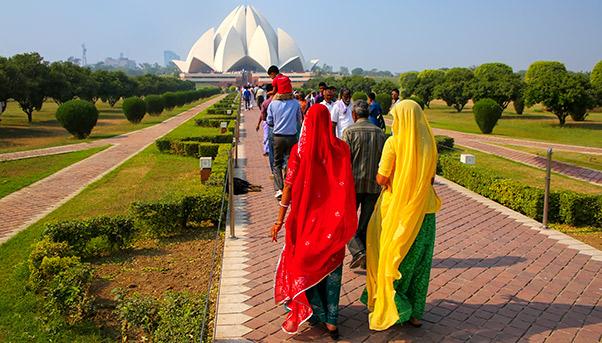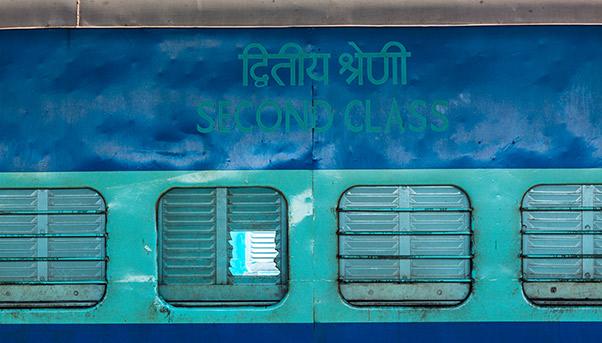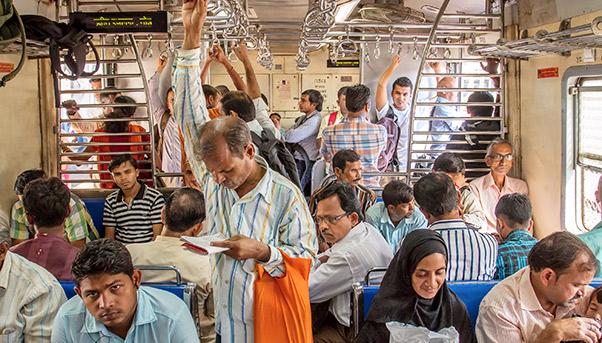
The Indian locomotive keeps grinding up the kilometres. And it is doing it at a sustained rhythm that has rarely missed a beat since it began in earnest in the early 1990s. It is a rate of growth in the gross domestic product (GDP) that has come to rely in large part on the country’s investment in infrastructure. Despite the fact that India is known for its industry and technology, this push to meet the country’s infrastructure needs has become the main driver of growth. According to a study by the World Bank, India must keep assigning the equivalent of at least 3-4% of its GDP to infrastructure to ensure itself an annual growth rate of no less than 8%.
As for the entire Asian region, the Asian Development Bank estimates that it needs to invest $800 billion every year until 2020 to bridge the infrastructure gap. Of that amount, the New Delhi government calculates its share of the investment stock at $200 billion.
It is for this reason that India has a central role to play in the development of infrastructure in Asia. Its government, for instance, wants to receive a sizeable share of the investments forecast by the Asian Infrastructure Investment Bank (AIIB), which was recently founded as a result of an initiative by China. In particular, India is very interested in knowing how much of the $62 billion that China plans to invest in the infrastructure of the New Silk Road will be destined to its territory.
But this is only one part of the great infrastructure plans that New Delhi is financing, plans which – for their scale – promise to continue to support India’s strong economic growth.
Point of Departure: Road and Rail
Twenty years of investment in infrastructure has set India on the path to becoming a modern country where the movement of people and goods make the economy vibrant.
The country has a road network of some 3.3 million kilometres (the second in the world) on which transit 60% of goods and 85% of people travel. Despite its capillary nature, the network needs to be modernized in a profound way because only 66,000 kilometres of the total are actually highways or expressways.
Like the roads, the country’s railway network has also enjoyed a massive development in recent decades, a legacy left by the United Kingdom when India was colony. As a result, India has come to have the second railway network in the world by extention (nearly 80,000 kilometres). Every day, an average of 8,350 trains carry 12 million passengers and 1.3 million tonnes of merchandise, reaching 6,867 stations across the country. It is a network that functions on a huge scale thanks to 1.6 million employees of Indian Railways, the state company that manages it. Modernizing this network with an emphasis on high-speed trains to connect industrial centres is one of the main challenges faced by the country.

Airport Development
India’s vast geography and its need to connect its people in every angle of the country is an important incentive for investing in airports as hubs for national and international flights.
In a report on these major projects entitled “Airport Infrastructure Investment in India”, consulting firm Market Research Engine estimates that investments will reach $56.7 billion by 2032.
So it is not by chance that one of the most important infrastructure projects launched in recent months in India is the Navi Mumbai International Airport. The work, which should be completed by 2019, began in 2015 and foresees a total cost of $2.4 billion. The project is a public-private partnership in which private investors are playing a prominent role, having a 74% stake in it.
The Delhi Mumbai Megaproject
Looking at the future of Indian infrastructure, the most important if not ambitious project is surely the Delhi Mumbai Industrial Corridor. At a cost of $90 billion, covered by the Indian government, private companies and foreign investors, it will be an industrial corridor that crosses seven states for a total length of 1,500 kilometres.
From the capital to the biggest commercial port of India in Mumbai, the project foresees the union of the country’s two biggest Indian cities by means of an infrastructure network that comprises 24 industrial areas, 24 new smart cities (each one of which with a population between one and three million people), five power plants, two airports, two logistical hubs and a high-speed train service. The projects involves three million direct workers but their economic impact on the country will be considerable. The Delhi-Mumbai corridor was designed to offer advanced services to the hundreds of manufacturers that find themselves along this route, a vision that could lead to the creation of more than 100 million jobs.

Smart Cities, Cities of the Future
The 24 smart cities that will be built along the Delhi-Mumbai corridor are only one part of the Indian government’s plan to support the founding of smaller cities endowed with new technology to attract business and efficient transportation – all at a human scale.
In order to reach this objective, the government last year dedicated in its annual budget $1.2 billion to launch this project that foresees the construction of 100 smart cities, many of which will rise not too far from big cities. The idea is to promote local development and take advantage of new technologies to ensure its residents a better standard of living. These cities should appear along industrial corridors across the country, beginning with Delhi-Mumbai and then the Chennai Bangalore Industrial Corridor and the Bangalore Mumbai Economic Corridor.
These investments in smart cities, as well as the modernization of infrastructure tied to logistics and transportation, contribute to sustaining development in India and give a boost to its ambitions to surpass in terms of GDP growth neighboring China. A dream that, as of this year, could become a reality.


